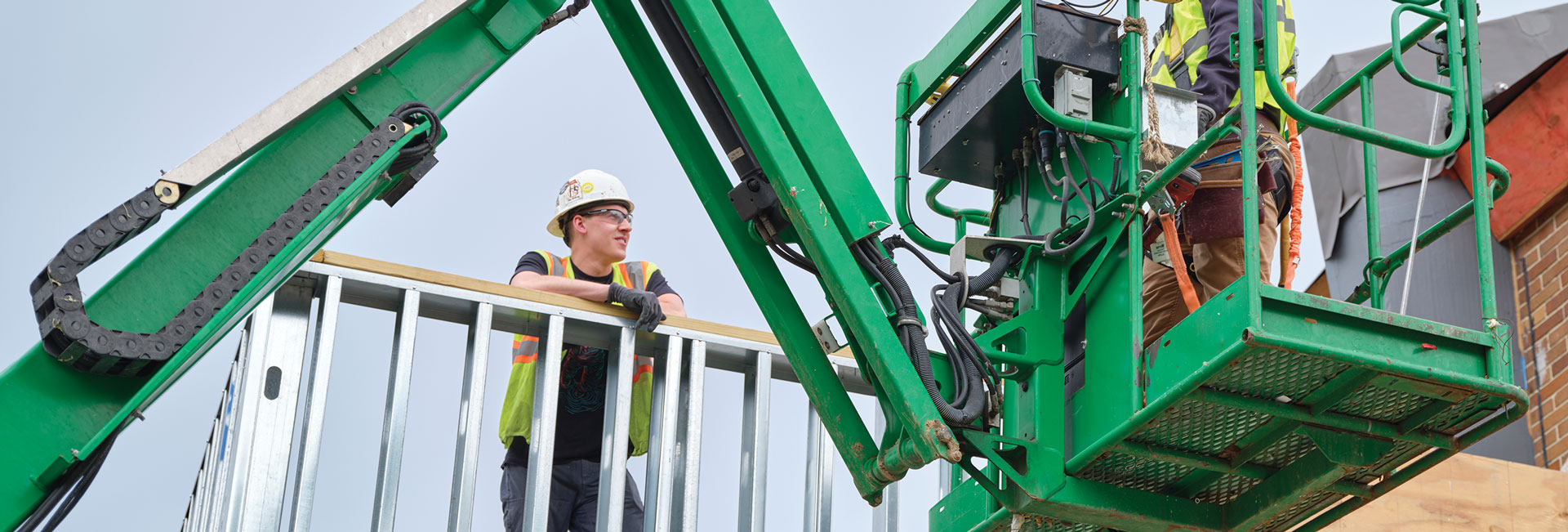
In construction, one size does not fit all—especially when it comes to project delivery methods. This issue of Insights digs into how some of these common and emerging methods are doing just that.
INTEGRATED PROJECT DELIVERY (IPD)
This especially collaborative delivery method aligns the interests, objectives, and practices of all stakeholders through one contract. This method emphasizes early involvement of key participants, transparent communication, and collective decision-making to optimize project outcomes and enhance efficiency. “The owner, builder, designer, and major trade partners are all part of that project delivery team and all share in the risk/reward-driven decision making,” says Ed Hanzel, VP at LF Driscoll and IPD expert.
DESIGN-BUILD (DB)
Becoming increasingly common, design-build involves a single entity (typically a GC) contractually leading the design and construction under one contract, rather than an owner holding two separate contracts for design and construction.
PROGRESSIVE DESIGN-BUILD (PDB)
In this method, the owner selects a design-builder based on qualifications, and then collaboratively progresses through the design and construction phases with the design-builder right from the outset, pricing the design and construction phases separately. “This method drives collaboration and fosters engagement from the owner all the way through the design and preconstruction process,” says Matt Reel, VP at Layton Construction.
DESIGN-ASSIST (DA)
In this approach, specialty contractors and trade partners are contracted early in the design phase to provide input and expertise. This method aims to improve constructability, reduce costs, and streamline the construction process through the integration of specialized knowledge during the design stage.
JOINT VENTURE (JV)
A JV is when two or more parties come together to form a new entity to contract for a specific project. JVs are often a good option when the combined entity brings even more resources and specialty expertise to the table than either could alone.
GUARANTEED MAXIMUM PRICE (GMP)
This contractual structure is when the general contractor commits to completing the project for a cost that will not exceed a specified maximum price. If the actual cost is lower than the GMP, the savings are shared between the client and the contractor.
COST + FIXED FEE
In this type of contract, the owner agrees to cover the actual costs and risks of a project, plus an agreed-upon, fixed fee. This kind of contract is often used when the project’s scope isn’t clearly defined yet and there’s achance that changes may occur as the work progresses.